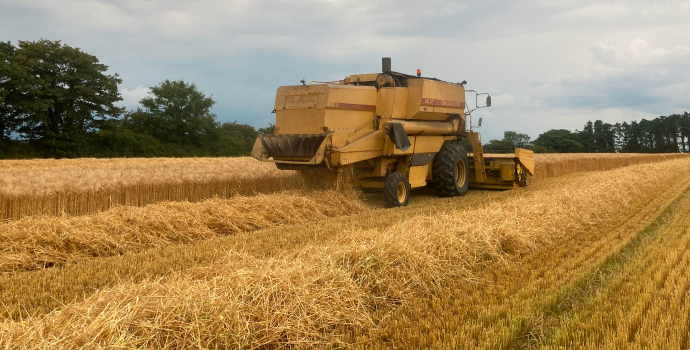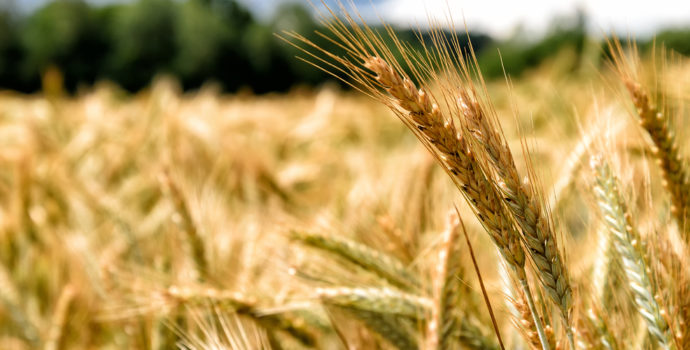
Native grain prices remain unchanged from last week. There will be little activity over the coming weeks until action returns in January. Unfortunately, the Ukrainian maize harvest has been revised upwards by 1 million to 35 million tonnes which could create extra import pressure. However, China is in talks with the Ukraine regarding increased imports of the product which could alleviate the problem.
Native/Import Dried Prices
| Spot / Dec 13th | Jan – Mar 2019 | |
| Wheat | €210 – €214 | €214 |
| Barley | €215 | €215 |
| Oats | €245 – €255 | |
| OSR | €375 | €378 |
| Maize (Import) | €179 | €182 |
| Soya (Import) | €340 | €342 |
While the domestic market is quiet with limited demand the international market for grains is quite positive this week. Following release of the USDA’s (see graph below) world ending stocks which showed an increase across the main commodities, markets turned slightly negative on Tuesday. However, they since have resumed their upward trajectory. Both European and US wheat futures are trading at 2-month highs while US corn futures are back at the highs last seen in July.

The positive sentiment is attributed to the slowdown in Russian and Ukraine exports which should open opportunities for European and US wheat. One of the worlds top importers Egypt’s (GASC) has agreed to buy US wheat at a significantly higher-level than its previous agreement. News coming out of Argentina suggest that wheat production has been revised downwards from 19.4 to 18.7 million tonnes while, barley production estimates have been reduced by 0.5 million tonnes to 4 million due to frost damage.
The recent news that China has agreed to take soybeans from the US after a thaw in the trade dispute has had a positive effect on all cereal markets. China had imposed a 25% tariff on all imports of soybeans in retaliation to US tariffs on consumer goods and, had taken no product from the US in over 6 months. As a result, soybean futures are trading at a 5-month high although upside may be limited due to the reduced feed requirements in China due to the impact of African Swine fever in the pig sector.


